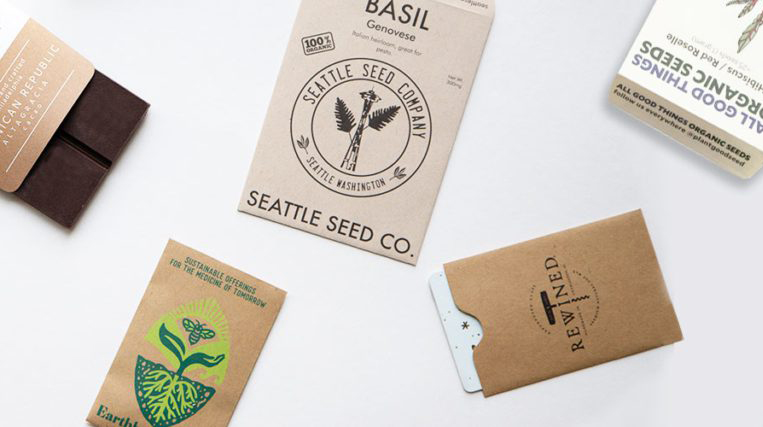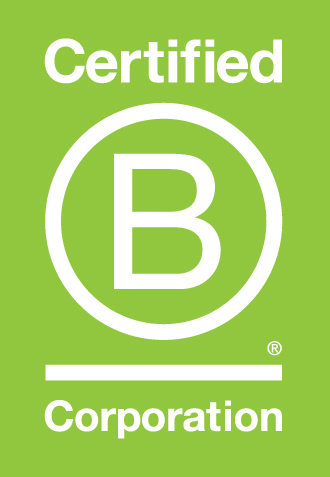Contributing to a Better World.

Our commitment to sustainability is reflected in our purpose of creating Better Solutions, Better Lives and a Better World. To contribute to a better world, we regularly benchmark and evaluate key sustainability metrics to identify conservation and reduction opportunities.
To illustrate our areas of impact and provide transparency into our environmental and social progress, view our latest Impact Report, which shows our work in this area.
To reduce landfilled materials, we look for ways to recycle and eliminate single-use items from our manufacturing processes whenever possible.
We power our operations with natural gas and electricity and work to implement processes and new technologies that reduce our energy use.
We conserve water with low-flow equipment and optimize our cleaning processes to minimize usage without compromising our efficiency and quality.
Select papers certified by organizations such as the Forest Stewardship Council (FSC) or Sustainable Forestry Initiative (SFI) for responsible forest management.
We are B Corp Certified, demonstrating our commitment to meeting rigorous standards in sustainability, ethical sourcing and community engagement.
All of our inks are soy-based and water-soluble, offering a sustainable alternative that’s both eco-friendly and safe for the planet.

In March 2023, we joined a small group of packaging companies to achieve B Corp Certification. B-Corp Certification brings together a global community of businesses leading a movement for an inclusive, equitable and regenerative economy. Participating organizations must meet rigorous social and environmental performance standards, accountability and transparency. With this certification, we join a list of more than 2,400 U.S. companies, including Patagonia, Ben & Jerry’s, Toms and others, demonstrating high social and environmental performance.
In a world where more companies claim to be “good” or “green,” this certification sets us apart and establishes our leadership in social and environmental performance. Certification requires organizations to share their B Impact Assessment scores on the B Lab Global website, ensuring transparency and accountability.
Transform your brand with quality paper packaging that leaves a lasting impression.
Sign up for packaging news and updates!
JBM Packaging is dedicated to creating eco-friendly packaging solutions that minimize environmental impact while maximizing performance.


JBM Packaging is committed to delivering manufacturing excellence.